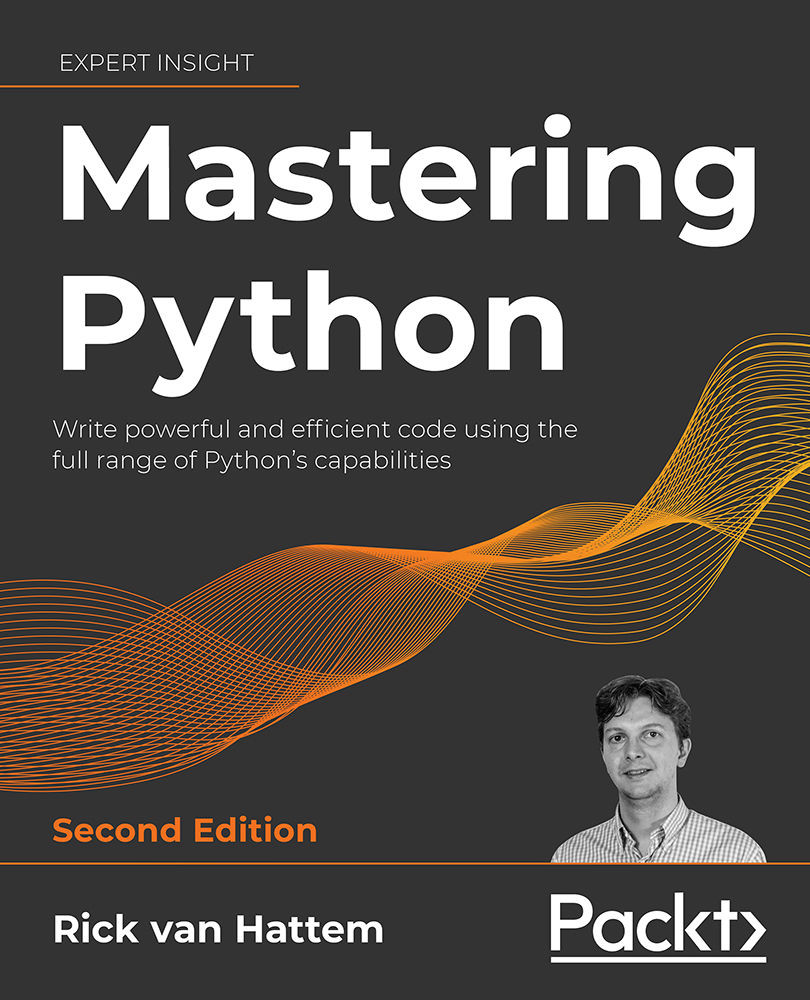This chapter showed us how to write doctests, make use of the shortcuts provided by py.test, and use the logging module. With testing, there is never a one-size-fits-all solution. While the doctest system is very useful in many cases for providing both documentation and tests at the same time, in many functions there are edge cases that simply don’t matter for documentation but still need to be tested. This is where regular unit tests come in and where py.test helps a lot.
We have also seen how we can use tox to run tests in multiple sandboxed environments. If you ever have a project that also has to run on different computers or even on different Python versions, I would highly encourage you to use it.
The logging module is extremely useful when configured correctly and if your project becomes somewhat larger, it quickly becomes useful to do so. The usage of the logging system should be clear enough for most of the common use cases now, and as long as you...



 Free Chapter
Free Chapter
